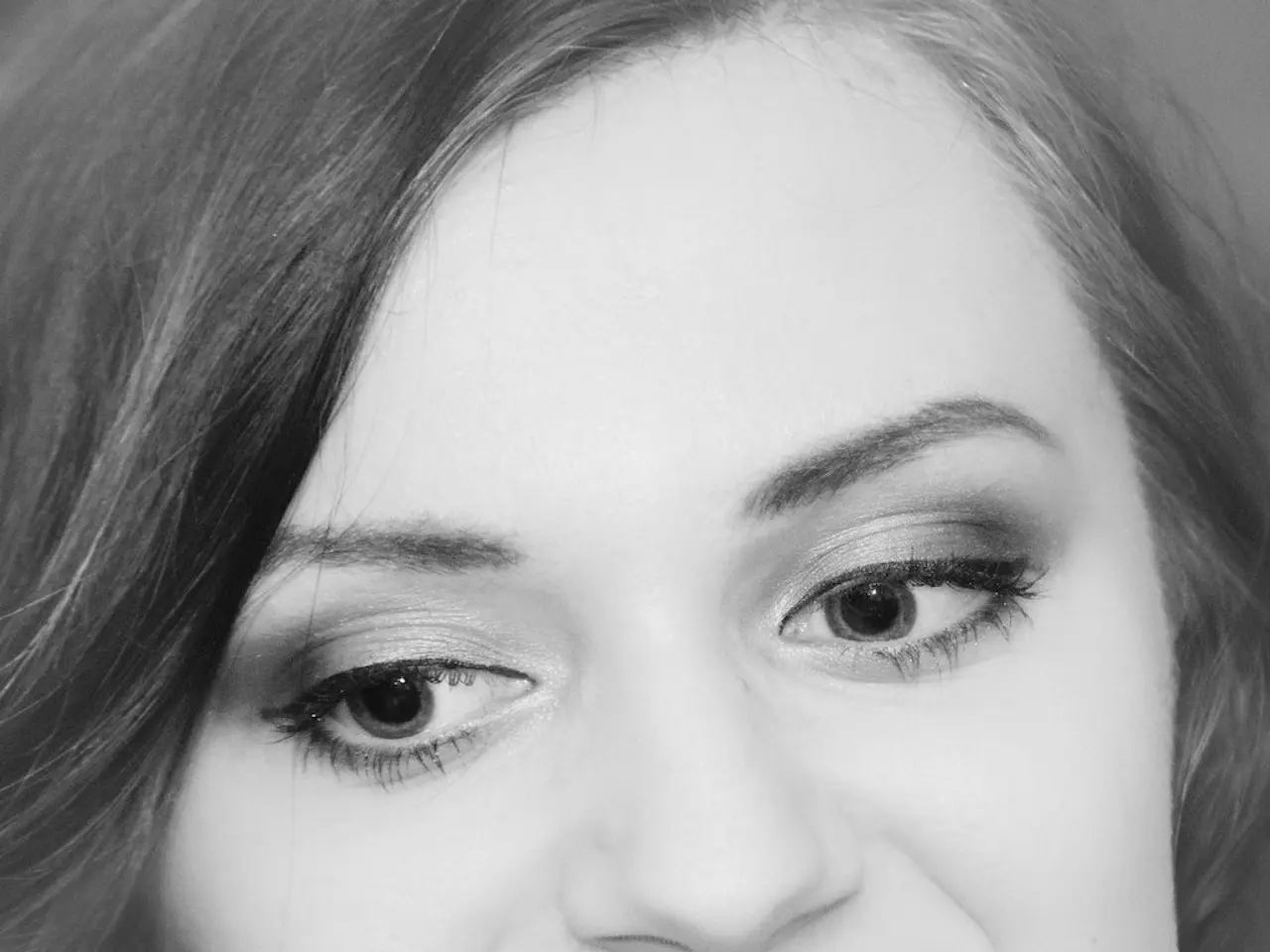New Method Quantifies Attention in Children with Autism in Real-Time
A groundbreaking method has been developed to assess and quantify attention in children with autism spectrum disorders (ASDs). This non-invasive and objective approach promises real-time attention recognition, enhancing learning and targeted interventions.
Traditional assessment methods often require skilled professionals and can be time-consuming. The new method, however, uses head poses and gaze parameters to measure attention control and inattention in children with ASDs. This approach combines deep learning, machine learning, and Bayesian neural networks for accurate and efficient evaluation.
To validate this method, experiments were conducted with 39 children, including 19 with ASD and 20 neurotypical. The results showed that this approach successfully measures attention levels, opening doors to real-time recognition systems. This is a significant advancement as existing approaches using video and eye-tracking data often fall short in providing accurate educational interventions.
Attention difficulties are common in children with autism, impacting their learning and social interactions. The new method offers a promising solution, providing a non-invasive and objective way to assess and quantify attention. This could greatly enhance our understanding of behavioral and cognitive functioning in children with ASDs, leading to more targeted and effective interventions.





